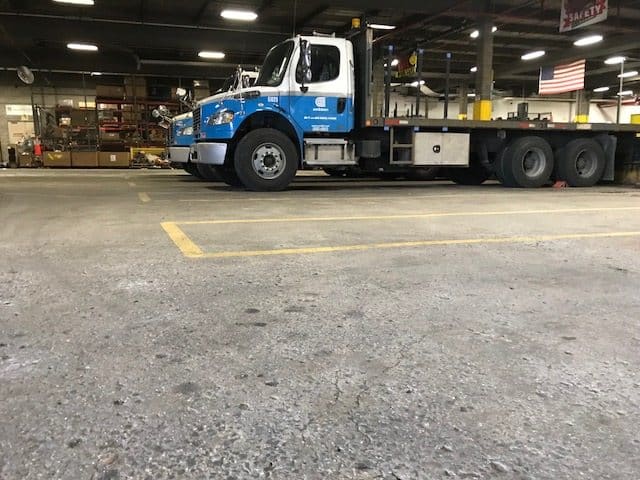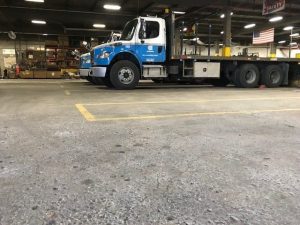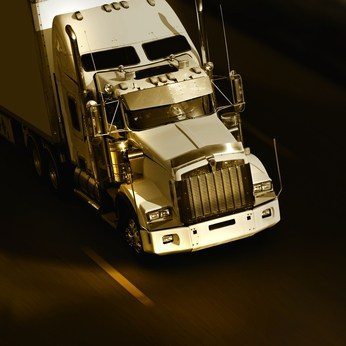
Pioneers in the trucking industry continue to emerge, as now Daimler Trucks seeks to discover and invest in new frontiers like automation and electric freight liners. The inception of an entirely fresh platform is creating a stir with those in the various industries affiliated with technology and freight delivery.
As the industries continue to spread and create opportunities through research and advancements, machinery like semi trailer dollies become necessary to facilitate their growth.
New Opportunities, New Uncertainty
How do you keep up with the latest developments in a burgeoning industry? Don’t let progress intimidate your business plan or determine your success. If you feel uncertain as to what electric trucks and automation mean for your operations, invest in problem-solving solutions.
Trust in products that can withstand any upheaval in the industry, to help you keep your labor costs down, and worker morale up. Longevity in business can be as simple as utilizing machinery that won’t fail you when the unexpected happens.
Advancing Your Business
Semi trailer dollies reduce risk to your business. An investment in new technology may come with a learning curve, at least in the near term. Similarly, trusting in new employees to develop expertise with these dollies comes with a risk. But thankfully, entrusting new hirees with DJ Products machinery isn’t a difficult task. Semi trailer dollies are so simple to operate anyone can do it.
You shouldn’t have to risk life or limb to get tasks done correctly. For industries that buy and move in bulk, easily maneuverable products protect your employees from muscle strain and exhaustion and your interests as well. Stay up-to-date and far from worry by utilizing DJ Products’ smart machines. They do the heavy-duty tasks so your team doesn’t have to!















